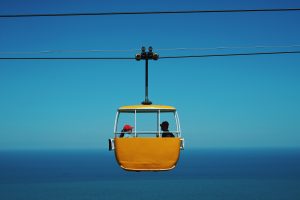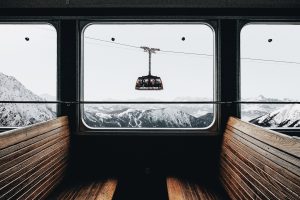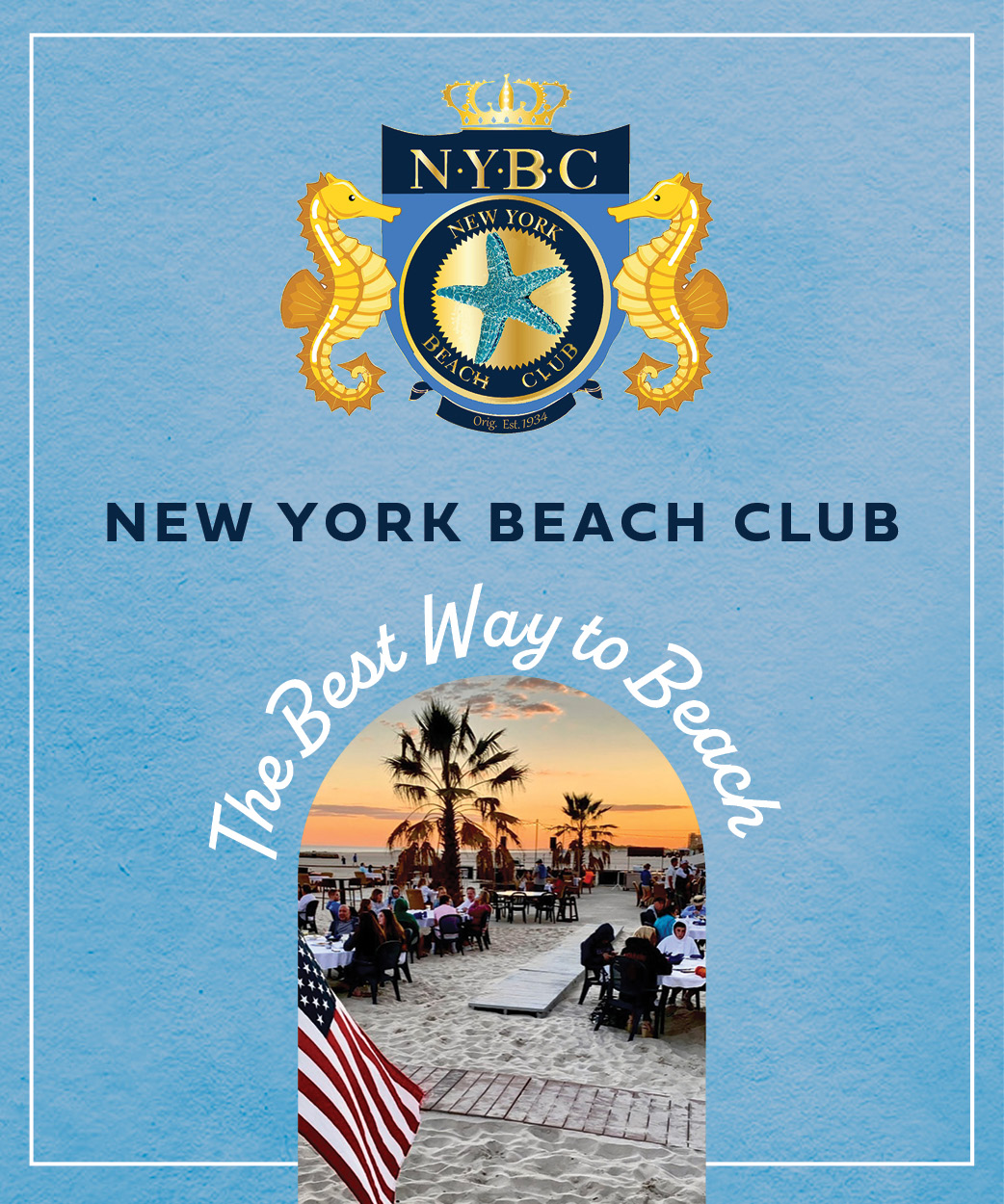—How a deeply tailored Instagram account became a viral sensation by paying homage to Wes Anderson and his distinctive design style and sharing the compelling human interest stories behind real-life architecture around the world.
On screen, Wes Anderson’s fictitious universe is no doubt a world in which we all wish we could live. Each frame is filled with whimsical imagery, intentional symmetry and a particular color palette that makes his films equal parts entertaining and visually striking. Off screen, however, our everyday surroundings seem to dim in comparison. Where’s the portal that will take us to the front steps of the Grand Budapest Hotel? Or more importantly, where’s Bill Murray?
Before Anderson became one of the finest working filmmakers of all time, he once admitted in an interview that he wanted to be an architect. That is, only if directing didn’t work out. One could consider him an architect of sorts, because it’s as if the director’s work has inadvertently informed the designs of real-life buildings across the world including Germany, Japan and even as close as the Catskills in New York.
Over the years, eagle-eyed onlookers have spied so many Anderson-esque destinations around the globe that a Subreddit entitled “Accidental Wes Anderson” was created. The goal being, to keep track of these real-life locations that looked as if they could be stills from one of his films—everything from a lighthouse to a bathroom, hotel bar or ski lift. Wally Koval was one of those people to stumble upon this popular thread, and it inspired him so much so that he started an Instagram page in 2017, along with his wife Amanda, that’s fittingly named @accidentallywesanderson.
I myself accidentally came across Koval’s account a few years back, which reached a new level of fame (one million followers) this past May. Here, Koval uses his platform to publish photos from avid travelers, professional photographers and everyone in between who have been lucky enough to capture these architectural marvels in person—albeit all from a different lens. The milestone confirms what many of us have long known to be true. That the weird, wonderful and eccentric world of Wes Anderson feels strangely as familiar as it does a work of fantasy.
A master curator, Koval’s sharp focus and extremely intentional photographic feed is just half of what makes this account a success. Just like Anderson’s films, the stories behind the attention-grabbing façades have real depth to them. Whether it’s the tale of an unassuming mom-and-pop shop or an abandoned castle that dates back centuries, Koval makes it his mission to unearth these unexpected narratives and bring what he refers to as “a bit of substance” to the surface. I recently had the pleasure of chatting with Koval who shared with me his fascination with Anderson, what it’s like cultivating this community, his personal relationship with the director and the details of his upcoming book.
What made you decide to start @accidentallywesanderson? Were you always a fan of his films?
Funny enough, it just started out as a personal travel bucket list, so to speak. You know, my wife and I have always been avid travelers. We have always tried to spend our vacations doing something interesting, like exploring a different country or culture. I sort of happened upon these photos that looked as if they had been plucked from a Wes Anderson film and I just started doing some more research on them and creating this bucket list.
I’ve always been a fan of Wes Anderson. His work, the aesthetics, everything. It’s always spoken to me, or just kind of sparked travel in me. But I remember seeing “The Darjeeling Limited” and then a few months after that, having the opportunity to travel last-minute with a friend to Mumbai. After a few weeks in India, I got to explore and relive the movie and see things through a different lens.
Through this project, it’s grown so significantly on a number of fronts. Both from what it was to now. It’s almost like this evolving, visual inspiration—like a living history project.
The page itself is a mix of curated submissions from travelers, professional photographers, etc. How fast did this creative community start to take shape?
You know, it wasn’t overnight. First off, we never set out to really do anything other than create this bucket list. But at the same time, you’re able to gain a perspective from 10, 20, 100 or 3,000 people who have been to that same place. So you’re able to explore it through the eyes of others at the same time. As we were doing that, we found there were a handful of people who caught on and were messaging us and saying, have you been here? Have you checked this out? It almost turned into this travel book club, you know, without the books.
And so from that, we wanted it to be a platform of sorts for the community that was starting to form. And it wasn’t for a few months of consistently creating this content and evolving that the community itself started to grow fairly significantly. I don’t like the word “influencer” or “followers,” but we hit a pretty significant mark recently and by growing organically and cultivating a community of this size over such a short amount of time, it feels like a pretty significant feat.
And now you’ve become almost a kind of resource.
We’re shining a light on communities, cultures, families, people, structures that don’t get the limelight they deserve. And in addition, the photographers who don’t necessarily have a huge platform or are struggling to get their amazing, beautiful work out there. I always say that we want to give adequate and ample credit because that’s what the community is all about, uplifting everybody and keeping everybody involved and participating.
You’ve also worked on several collaborations within the account, including partnering with travel boards to visit some of these destinations in person. Which locations have you been able to visit?
We’re lucky to have been able to partner with some pretty large organizations from the tourist board of Vienna and Los Angeles to then much larger brands like Prada and Hotels.com. Each of these actually fell into the next one in a very fun and serendipitous way.
We were able to travel to Austria with the Vienna Tourist Board. Prada then reached out to us and brought us to Milan. After we came back, we went to Los Angeles with their tourist board, and then traveled to Tokyo and Kyoto with Hotels.com. Most recently, we went to the Catskills and explored Upstate New York with Widow Jane whiskey distillery.
I would say that Tokyo and Kyoto were the most incredible. I had never been to such a beautiful, interesting and surprisingly quiet, crazy place. We got to experience these cultures and communities in their local atmosphere, which we wouldn’t have been able to do otherwise. So it has been an absolute blessing to have this community with us. By participating and being so pumped about it, they’re helping us to make these adventures all that more special.
So what are you looking for in a location that makes it Wes Anderson worthy?
There has to be an aesthetic. Maybe that’s symmetry. Maybe that’s color. Maybe that’s just something super unique about it. But what makes it Accidentally Wes Anderson, or “AWA,” is the story. An interesting backstory that makes you think, ‘Hey, I didn’t know that.”
Through this project, we’ve found so many interesting places in our own backyard that have some of the coolest stories that we were never aware of. It comes from, like I said before, looking at it through that slightly different lens to achieve that aesthetic. But then, even more, we dig a little bit further. We find out why this structure is here and what made it what it is. I think that intersection of distinctive design and the unexpected narrative is the bull’s eye of Accidentally Wes Anderson.
In addition to aesthetics, I imagine each post requires quite a bit of research.
On the submission front, I think we’re getting close to 3,500 to 4,000 submissions a month. In terms of the research process, you know, it’s a lot of Googling. I’m never going to be able to tell the entire story in 300 words. It’s not possible. But what we like to do is give a little sense of where it came from, how it got to where it is today and leave you with something that hopefully makes you smile, but also leaves you with maybe a small bit of information.
If I can capture you with the beauty of this place, now I have your attention. And maybe now we can learn something and leave just a tiny bit smarter. There’s a certain layer of substance that I strive to put out into the world. Whether it’s consumed or not, I feel better about myself knowing that I put something out there that’s meaningful.
You’ve had several interactions with Anderson himself over the years, including getting the exclusive rights to share artwork from “Isle of Dogs.” When did you first find out he knew of the account? What was your reaction?
I don’t remember the first time, I just remember thinking that I was glad he didn’t want to sue me or shut down the account [laughs]. He’s been a proponent of the overall project and it’s exciting to know that he’s found this to be somewhat inspiring just the same. I think we’ve done a pretty good job of keeping this a positive place that’s in line with his brand and his aesthetic. I would hope that he thinks we’re doing a service, not a disservice, to his name and what he’s created.
You were also at one point in the midst of putting together your first book, titled “Accidentally Wes Anderson.” Is that still in the works? If so, what can we expect?
Yes, and it will be released this October! It’s been a very long, but exciting journey to get here. I had a friend who worked in publishing, who then connected me with a friend of his who said, “Yeah, we can actually do this.” So we reached out to Wes to get his permission and he approved.
Over the past 12 to 18 months, we’ve pulled together just over 200 locations—both from the Instagram feed and a lot that nobody has ever seen. This time, we’ve done even more of a deep dive into the interesting and unexpected stories that are based on the history, architecture and human interest aspects of these façades.
We’re essentially treating the “Accidentally Wes Anderson” book not as an extension of the Instagram page, but as a collection—a physical embodiment of what this community has become. A handbook for the modern traveler or for anyone who is interested in learning more about the world around them. Or potentially anyone that just needs some soothing, visual inspiration.
“The French Dispatch,” Anderson’s tenth feature film, was supposed to be released this summer but has since been postponed until October due to the coronavirus. Did you have anything special planned on the account or maybe something in the future?
The book will actually come out within a week of the movie now in October, so it’s kind of crazy how the timing lined up. The cool part is that the movie itself is supposed to be a culmination of all Wes’ work, which interestingly enough, is exactly what we’ve done—pulled together pieces and places from every single continent, even Antarctica, that not only fit his aesthetic, but also have compelling stories to go along with them. Many of which serendipitously align with a character or an experience that you may think of in a Wes Anderson film.
If you’re interested in learning more about Wally Koval’s Accidentally Wes Anderson lookbook, take a look here! https://www.accidentallywesanderson.com/
Featured Image By: @FreeHeather
MORE Lifestyle STORIES
Get an inside vue on the latest in luxury. You heard it here first.








